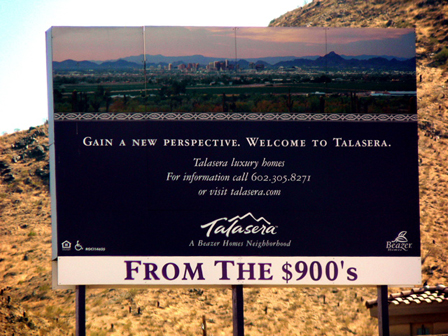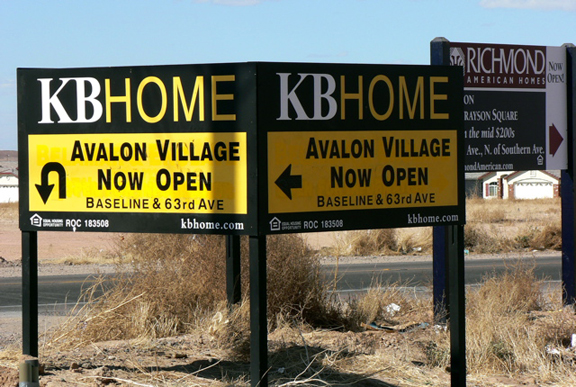|
|
||
Gentrification in South Phoenix Aloysius CaneteAs in most inners cities in the US, South Phoenix has recently been the subject of what urban theorists described as the process of gentrification. Much of what one sees in the area are signs of urban revitalization. Farm lands are cleared to pave the way for upscale subdivisions and condominiums catering to the middle class. While old neighborhoods are slowly being replaced by gated communities, major US retail outlets and shopping stores are also establishing their presence in the intersections of South Phoenix as a signifier for capital and investment. Since the name South Phoenix evokes images of blight, crime and decay, wealthy residents have baptized the place with a new name called “South Mountain Village.” What was once an area in Phoenix that conjures crime and decay is now a place associated with terms such as renewal, revitalization or more elegantly renaissance.
With the influx of capital and middle class homebuyers in South Phoenix, homes have increasingly become unaffordable for low-income groups. In 2002, in her column in the South Mountain Village, the president of the South Mountain/Laveen Chamber reports the value of homes in the South Mountain Village and Laveen have increased 26 percent in 2001 and 71 percent in 1998. As the cost of housing in South Phoenix continues to rise, low-income groups are left with no option but to leave. With much of the area completely gentrified, only a few pockets of South Phoenix are now available to low-income and poor residents. Even the Habitat for Humanity has experienced increasing opposition from groups representing the middle class. Affordable housing is seen as a bane in South Phoenix since it can cheapen the value of homes and scare investment. While much of the old neighborhoods in South Phoenix are on the verge of being decimated by housing development, it has also reinforced the segregation of neighborhoods according to race and class. The gentrifiers do not seem to care about class and racial issues unfolding in South Phoenix since what is obviously on top of their agenda is to make profit. As the gentrification industry is increasingly taking over South Phoenix, there is an even greater prospect that the poor and homeless people will continuously struggle for affordable housing, making the new urban frontier—in this case South Phoenix—to borrow Neil Smith’s terms “the revanchist city.” 24 March 2006 |
||



